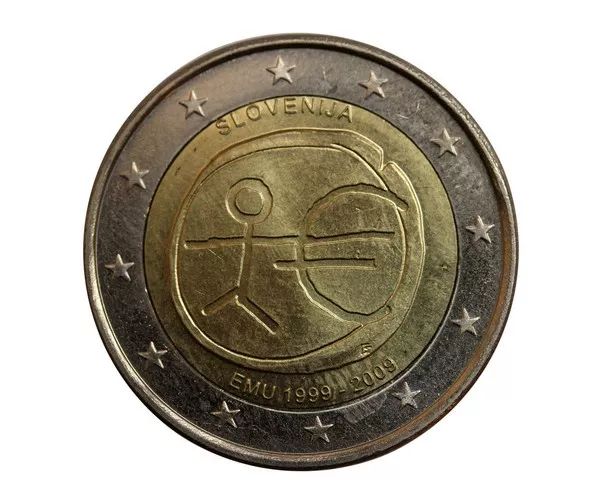In recent years, inflation has become a critical economic indicator, reflecting the overall health and stability of a nation’s economy. Europe, with its diverse array of countries and economic structures, is no exception to this trend. In this article, we delve into the current state of inflation in Europe, identifying which nations are experiencing the highest inflation rates and exploring the factors contributing to these fluctuations.
The Landscape of Inflation in Europe:
As of the latest available data, several European countries have witnessed a surge in inflation rates, presenting both economic challenges and opportunities. Inflation, measured by the Consumer Price Index (CPI), indicates the average change in prices paid by consumers for goods and services over time. While moderate inflation is considered a sign of a healthy and growing economy, excessive inflation can erode purchasing power and destabilize financial markets.
Identifying the Leaders in Inflation:
As of the most recent reports, certain European countries have stood out with higher-than-average inflation rates. Notably, countries like Turkey, Ukraine, and Hungary have experienced inflation rates that surpass the European Union (EU) average. Understanding the reasons behind these inflationary pressures is essential for policymakers and economists seeking to address the root causes.
Turkey: A Struggle for Stability
Turkey has consistently held one of the highest inflation rates in Europe in recent years. The country has grappled with economic challenges, including political uncertainties, high levels of external debt, and currency depreciation. The Turkish lira’s decline against major currencies has contributed significantly to inflation, as it raises the cost of imported goods and services.
The Turkish government has implemented various measures to curb inflation, including interest rate hikes and fiscal policies aimed at stabilizing the economy. However, the effectiveness of these measures remains a subject of debate among economists and policymakers.
Ukraine: Economic Reforms and External Factors
Ukraine has faced unique economic challenges, exacerbated by geopolitical tensions and conflict in the region. The country has undergone significant economic reforms, but inflation remains a persistent issue. Factors such as currency depreciation, external debt, and disruptions in trade due to geopolitical events have played a role in driving inflation upward.
Efforts to address inflation in Ukraine include ongoing economic reforms, increased transparency, and collaboration with international organizations. However, the complex geopolitical landscape continues to pose challenges to the country’s economic stability.
Hungary: A Balancing Act
Hungary has also experienced elevated inflation rates, influenced by both domestic and international factors. The Hungarian government has pursued expansionary fiscal policies to stimulate economic growth, but this has led to inflationary pressures. Additionally, rising global commodity prices and supply chain disruptions have contributed to the inflationary environment.
To counter inflation, Hungary has implemented monetary tightening measures, including interest rate increases. Striking the right balance between economic growth and price stability remains a central challenge for Hungarian policymakers.
Common Threads Among High Inflation Nations:
While the specific factors contributing to high inflation rates vary among these nations, some common themes emerge. Currency depreciation, external debt burdens, and geopolitical uncertainties are recurring challenges that impact inflation across Europe. Additionally, the global economic landscape, including fluctuations in commodity prices and disruptions in supply chains, has a ripple effect on inflation rates in these countries.
Policy Responses and Challenges:
Governments and central banks in high inflation nations face the delicate task of implementing effective policies to address inflation without stifling economic growth. Interest rate adjustments, fiscal measures, and structural reforms are among the tools used to strike this balance. However, the success of these measures often depends on the broader economic context and the ability to address underlying issues such as political stability, external debt, and structural imbalances.
The Role of the European Union:
The European Union plays a crucial role in coordinating economic policies and fostering stability across member states. While the EU establishes common frameworks and guidelines, individual member states maintain autonomy in implementing specific measures to address their unique economic challenges. Collaborative efforts within the EU, such as financial assistance programs and policy coordination, aim to mitigate economic imbalances and promote stability.
See Also Will the Euro Ever Regain Its Strength?
Conclusion:
In conclusion, understanding the dynamics of inflation in Europe requires a nuanced analysis of individual countries and the broader economic context. While certain nations like Turkey, Ukraine, and Hungary currently face higher inflation rates, the complex interplay of domestic and international factors underscores the need for targeted and well-coordinated policy responses.
Addressing the root causes of inflation, including currency depreciation, external debt, and geopolitical uncertainties, requires a comprehensive approach that combines monetary, fiscal, and structural measures. The ongoing collaboration within the European Union provides a platform for collective action, emphasizing the interconnectedness of economies in the region.
As policymakers and economists continue to monitor and respond to inflationary pressures, the lessons learned from high inflation nations can inform strategies for maintaining economic stability and fostering sustainable growth across Europe.


